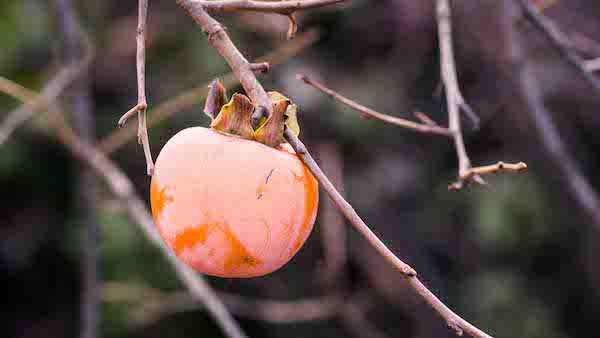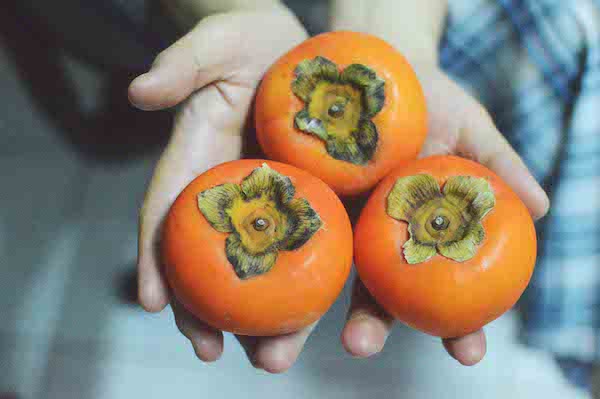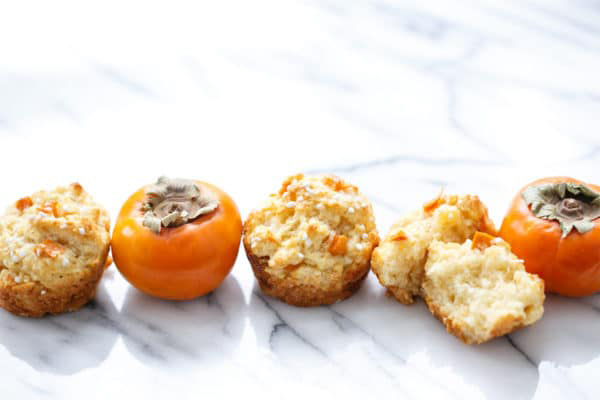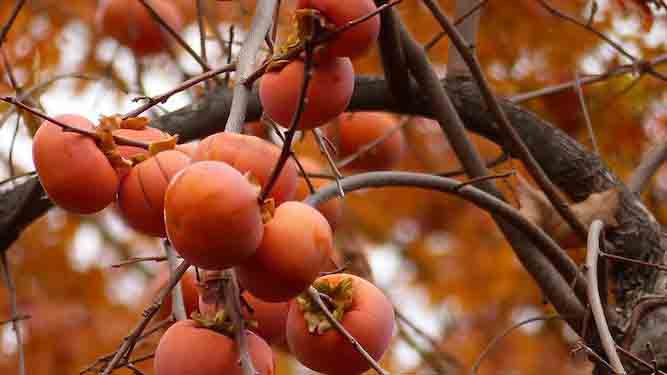Persimmon Profile
Written by lisa
Nov 09 2020

Persimmon is a plant belonging to the genus Diospyros, a deciduous tree, native to East Asia. Persimmon is not only rich in nutrition, contains a lot of sugar and multiple vitamins, but also has high medicinal and economic value. So far, scientific researchers from various countries have discovered a variety of active substances in persimmons, including carotenoids, flavonoids, fatty acids, phenols, and a variety of amino acids and trace elements, which can be widely used in the fields of medicine, health care and cosmetics. Fresh persimmons, dried persimmons, persimmon frost, persimmon stems, and persimmon leaves are all good medicines. Persimmon paint is a good preservative. Persimmon wood can be used for carving, furniture, decorations and golf clubs. After autumn, the leaves of persimmon fruits are bright and pleasing to the eye, and they have a good ornamental effect. Persimmon trees are highly adaptable, can grow in mountainous areas with poor natural conditions, and have good ecological and economic effects.


Persimmons are originally produced in the Yangtze River Basin of China. They are now in the west of Liaoning, the Great Wall line passes through southern Gansu, and turns into Sichuan and Yunnan, south of this line and east to Taiwan Province. Many provinces and regions are cultivated. Persimmons are also cultivated in North Korea, Japan, Southeast Asia, Oceania, Algeria in North Africa, France, the Soviet Union, and the United States.

Persimmon PicturePersimmon morphological characteristicsPersimmon growth habit and growing environment and distributionPersimmon efficacy and roleEdible value of persimmonThe medicinal value of persimmonGreening uses persimmonsOther
Persimmon Picture

Persimmon morphological characteristics
Persimmons have many fruit shapes, such as spherical, oblate, spherical and slightly square, oval, etc., ranging from 3.5 to 8.5 cm in diameter. The base is usually ribbed, green when tender, then yellow, orange, yellow, and the flesh is relatively small. Crisp and hard, the pulp becomes soft and juicy when it is old, orange-red or bright red, etc., with several seeds; the seeds are brown, oval, about 2 cm long and 1 cm wide, flat on the side, usually absent in cultivated varieties There may be a few seeds. Persimmon’s persistent calyx enlarges and thickens after flowering, 3-4 cm wide, 4-lobed, square or nearly round, nearly flat, thick leathery or nearly woody when dry, with pubescent hair on the outside, and no later Hair, densely covered with brown silky hairs, leathery lobes, 1.5-2 cm wide, 1-1.5 cm long, glabrous on both sides, shiny. The stalk of the persimmon is strong, 6-12 mm long.
Persimmon growth habit and growing environment and distribution
Persimmon is a deep-rooted tree species and a positive tree species. It likes warm weather, full sunlight and deep, fertile, moist, and well-drained soil. It is suitable for neutral soil and is more cold-tolerant but more barren and drought-resistant, Intolerant to saline-alkaline soil. Most varieties of persimmon trees begin to bear fruit in 3-4 years after grafting and reach the full fruit period in 10-12 years. The seedlings of persimmon trees begin to bear fruit at 5-7 years old, and the fruiting life is more than 100 years.Persimmons are originally produced in the Yangtze River Basin of China. They are now in the west of Liaoning, the Great Wall line passes through southern Gansu, and turns into Sichuan and Yunnan, south of this line and east to Taiwan Province. Many provinces and regions are cultivated. Persimmons are also cultivated in North Korea, Japan, Southeast Asia, Oceania, Algeria in North Africa, France, the Soviet Union, and the United States.

Persimmon efficacy and role
Edible value of persimmon
The fruit is often de-astringent and then made into a fruit. After the proper treatment, it can be stored for several months. If it is processed by freezing, stored at a low temperature of minus 10 ℃, it can be eaten at any time throughout the year. Persimmons can also be processed into dried persimmons. Sweep down the hoarfrost on the dried persimmons, which can be used as a substitute for white sugar.The medicinal value of persimmon
In medicine, persimmon can stop bleeding and moisturize the stool, relieve hemorrhoid swelling and pain, and lower blood pressure. Persimmon can nourish the spleen and stomach, nourish the lungs and stop bleeding. Persimmon frost cake and persimmon frost can moisturize the lungs and promote fluid, expectorant and relieve cough, suppress stomach heat, relieve alcohol and treat aphthous sores.
Greening uses persimmons
In terms of greening, the persimmon tree has a long life span of more than 300 years. The leaves are large and shaded. The frost leaves are dyed red at the end of autumn and early winter. After the winter moon, the persimmon will not fall. , Is an excellent scenic tree.Other
Persimmon can be extracted from persimmon lacquer (also known as persimmon oil or persimmon astringent), which is used to coat fishnets, rain gear, fill seams in ships, and be used as a preservative for building materials.Latest Updated
- Benefits of Bugleweed - 7 Science-backed Health Benefits
- Bugleweed Dangers & Side Effects - Is It Poisonous?
- How to Plant Evergreen Trees - What You Should Know
- When to Plant Evergreens - Grow Guide for Evergreen Trees
- 12 Wonderful Evergreen Shrubs for Your Garden
- 12 Popular Evergreen Plants with Pictures for Beginners
- When And How To Prune A Lilac Bush Like a Pro
- How to Grow & Care for Lilac Vine (Hardenbergia Violacea)
- Japanese Lilac Tree (Syringa Reticulata) Care & Propagation Guide
- Shumard Oak Pros and Cons - What to Know
Popular Articles
- Winter maintenance of Antirrhinum Majus
- How to Grow Terminalia Mantaly Tree
- How to Grow and Care for Crossostephium Chinense
- How to grow Antirrhinum Majus in spring
- Peristeria Elata (Dove Orchid) Profile: Info & Care Guide
- Underwatered Snake Plant (Sansevieria Trifasciata) - Signs And How To Fix
- How to Care for Brazilian Jasmine Plant (Mandevilla Sanderi)
- How to Grow & Care for Graptopetalum Purple Delight in Summer
- Rosa Chinensis (China Rose): Plant Growing & Care Tips
- How to Care for Baby Sun Rose (Aptenia Cordifolia)